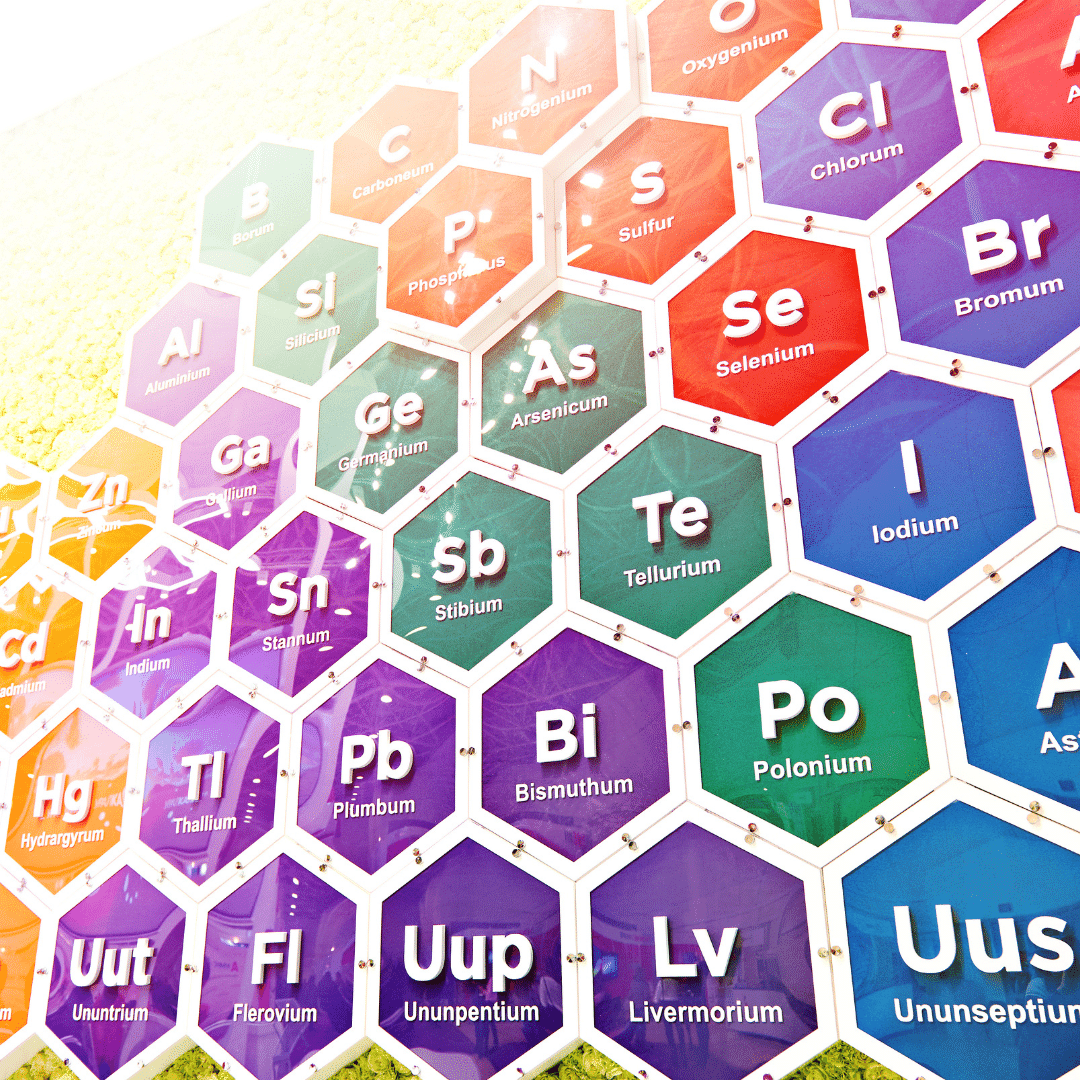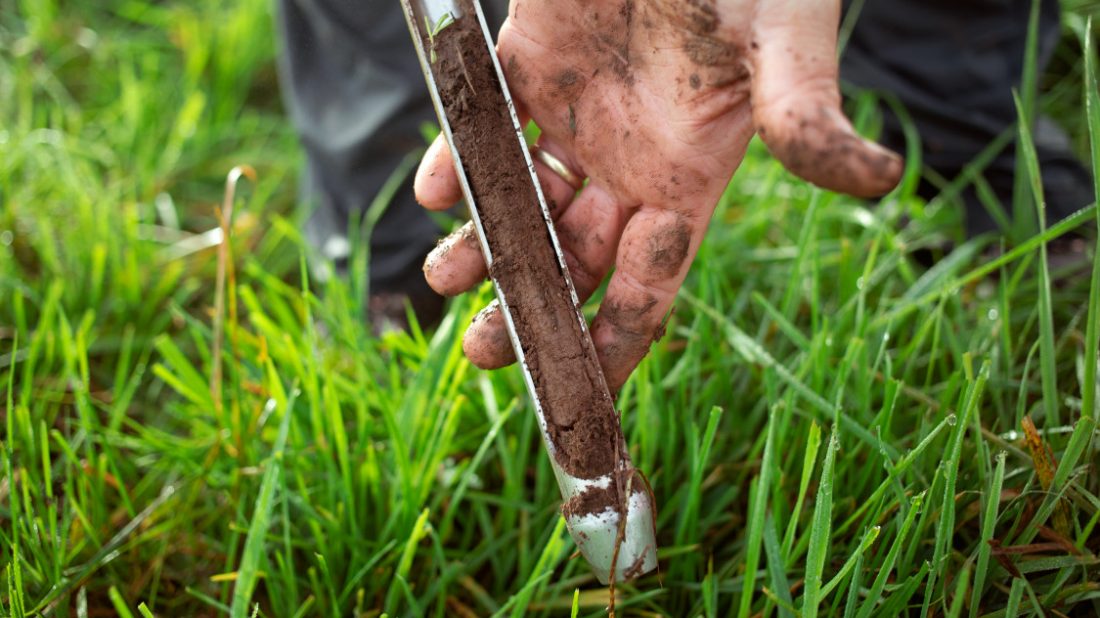Soil Testing? Dig In!
by Margit Kaltenekker, Dg. Co. Agriculture Agent
As things thaw out, it is not too late to submit spring soil tests to the K-State Soil Lab through the Douglas County Extension office.
Free soil tests are still available for 2022 from the Non-Point Source Pollution Prevention Funds provided through the Douglas County Conservation District.
Homeowners may submit two soil samples, while Commercial Growers, Ranchers, and Farmers may submit up to five soil samples, for either Soil Analysis #1, (for pH, P, and K ) or Soil Analysis #2 (pH, P, K, and O.M. and Zn). Other tests can be obtained for an additional fee, (i.e., Soil Analysis #1 + CEC, Ca, Mg, Na, and H are available for $12.50), Heavy Metals tests are also available.
either Soil Analysis #1, (for pH, P, and K ) or Soil Analysis #2 (pH, P, K, and O.M. and Zn). Other tests can be obtained for an additional fee, (i.e., Soil Analysis #1 + CEC, Ca, Mg, Na, and H are available for $12.50), Heavy Metals tests are also available.
A soil probe is available for rent at our local office, should you need one.
While, late-summer is an ideal time for more accurate reads on the nutrient profile, due to increased microbial activity, late winter or early spring is still sufficient. Annual soil tests help identify nutrient deficiencies to better indicate appropriate soil amendments and targeted rates of application. Should the soil test reveal adequate levels of fertility you won't waste resources or contribute to excess nutrient run-off from unnecessary fertilizer applications.

First, identify the fields to be tested (having similar soil texture, color, fertility treatments, and cropping history). Soil must be 'drained' not soggy or saturated at the time you pull samples. To gain the most accurate test, follow these basic steps:
With a soil probe or spade, pull several 'plugs' 6 -8 inches deep. Pull, 8 -10 plugs for small plots, up to 30 for larger fields or pastures in a grid pattern across the entire plot or field being tested.
Combine these plugs in a clean plastic bucket.
Once combined, pull 1 pint for the sample.
Spread the sample over a clean, hard surface to air dry a couple of days.
(A baking sheet works great).
Place the sample into a quart-sized zip-lock bag, with your name, date, and field designation. The field designation is critical if you have more than one sample!
Complete the soil test form, or fill it in at our office. Bring your samples into our office and we'll ship them out to K-State Soil Lab, or you may send them yourself. For more detailed instructions, visit K-State's department of agronomy's webpage dedicated to soil testing.
You may request fertilizer recommendations from the K-State Soil Lab. If you have further questions or are looking for alternate fertility recommendations don't hesitate to call.
Soil is a living dynamic system. Nutrient profiles can change throughout the year, due to weather conditions, tillage, fertilizer applications, and crop demands. Soil type also has a very large role to play in nutrient availability, as clay soils tend to 'lock up' nutrients, while sandy loams leach nutrients. So if your garden or crops aren't thriving as you'd imagined, there may be causes due to various factors…location, orientation, soil type, organic matter, or water conditions/drought. Testing soil organic matter (O.M.) can be a great indicator for overall nutrient availability and is one of those areas most deserving attention since it is responsible for water retention and enables the successful transfer of plant nutrients within the living soil profile.
